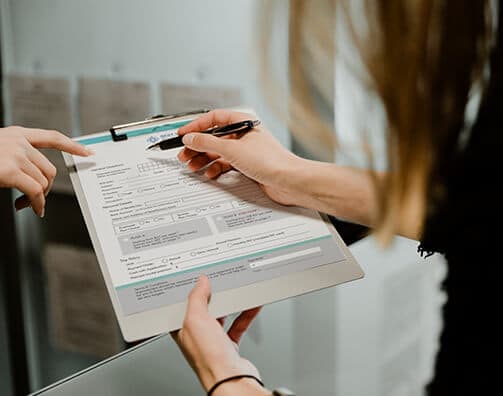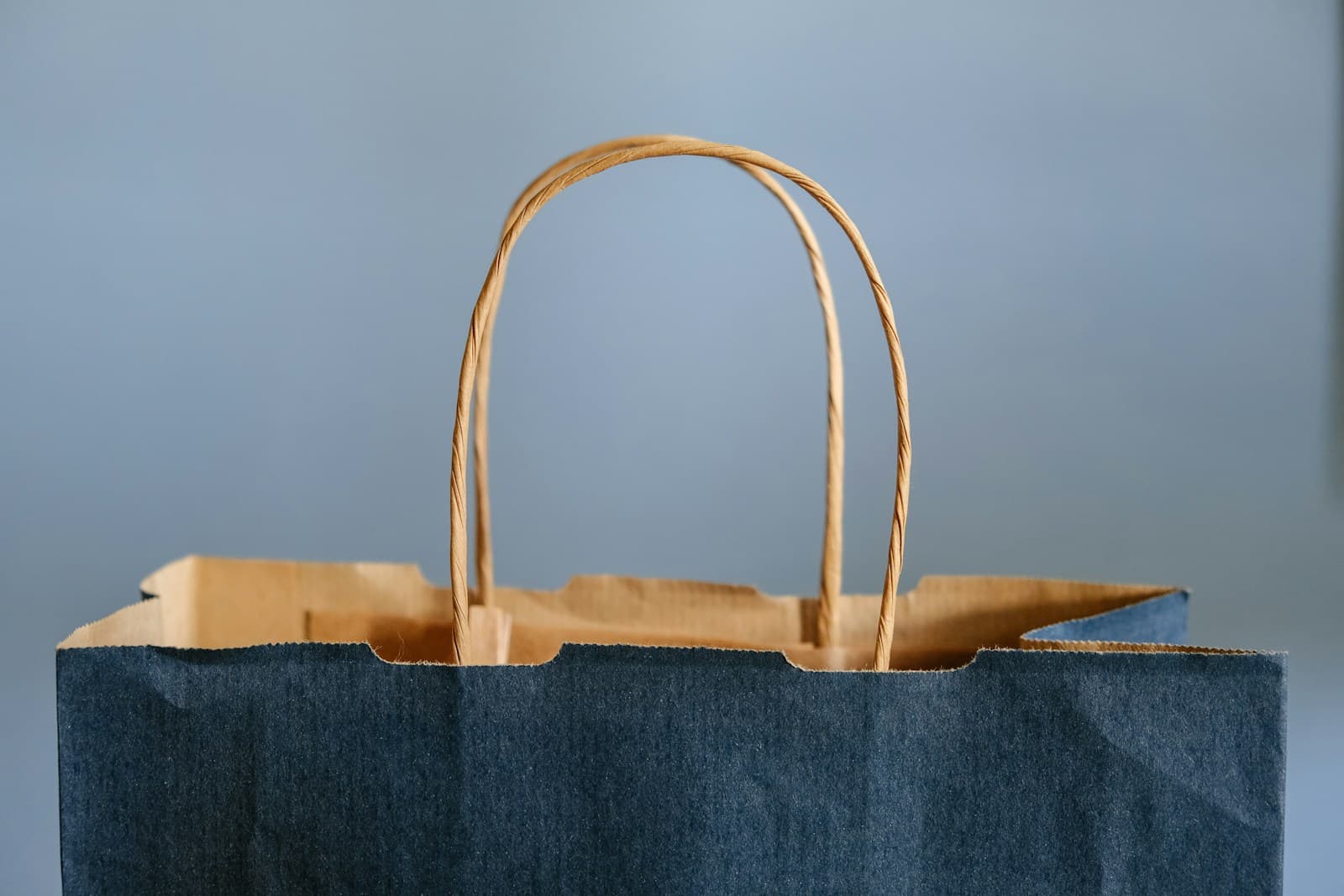‘Buy Now, Pay Later’ has been around a long time and has been growing over the last 2+ years, as shopping online has increased due to the pandemic. This method of financing a purchase has some great advantages, however, there are drawbacks as well. Before choosing the Buy Now, Pay Later (also known as BNPL) financing option, consumers should consider the pros and cons first, to make sure it’s the right choice for them.
What is Buy Now, Pay Later?
Buy Now, Pay Later or BNPL is a way for a buyer to finance a purchase and to be clear, it is a form of debt. If available, the BNPL option will be offered at checkout either at the retail store or online by a third-party app (like Sezzle, Affirm, Klarna or PayBright) in partnership with the retail store.
The main benefit of the BNPL option is that you get to take your purchase home after making a down payment and have more time to pay for the rest of it, while getting to enjoy the item today.
In general, the BNPL option typically requires a 25% down payment, with the balance split into 3, 6 or more equal payments at a zero percent rate of interest. The frequency of payments may be biweekly or monthly, depending on the provider.
The caveat of BNPL is that if you miss a payment, a fee or interest is charged. Each BNPL app has different rules and it is the consumer’s responsibility to understand them.
Two reasons Buy Now, Pay Later Is Useful
1. To Manage Cash Flow
If there is something that you need or want to buy and you don’t have the full amount in cash to buy it today, but you do have enough cash flow in your budget to cover the cost over the next few months (I.e., as you get paid), then BNPL might make sense to use.
In this case, BNPL allows you to manage your cash flow by getting you the item you need today, and spreading payments out over a few months as the cash becomes available.
For example :
- Assume your budget allows for $500 in discretionary spending each month, after fixed expenses (mortgage/rent/utilities) and important variable expenses (food/mobile/Wi-Fi) are paid.
- The item you want to buy costs $1,000.
- The BNPL requires 25% down or $250, leaving you with $250 in discretionary spending for the rest of the month. ($500 – $250 = $250).
- For the next 3 months, you agree to pay $125 every two weeks in order to pay the balance of $750 ($1,000 less $250 down payment = $750).
- The key benefit here: you get to use the item right away, but pay for it over several months without incurring any additional cost like interest (assuming you pay on time).
The key is to ensure you do not overspend during those months that you have committed to allocate your discretionary spending to your purchased item. This might mean tracking your spending.
2. Avoid Credit Card Debt
By using the buy now, pay later method of payment, you are committing to making the payments and therefore avoiding charging the item to a credit card where the temptation to pay the minimum balance and consequently incur high interest is often the result.
The Pros and Cons of Buy Now, Pay Later
Pros of Buy Now, Pay Later
- It’s a budget friendly method of paying since it keeps more money in your pocket today.
- BNPL feature is usually seamless, making it very convenient and easy to use.
- There is usually no or very little interest to pay, if payments are made on time.
- Getting approved is fast to that you can make your purchase right away.
- You don’t need a good credit score to qualify for this type of purchase.
- By not using a credit card, you won’t pay interest on a purchase you need time to pay for.
Cons of Buy Now, Pay Later
- Requires time to read the payment terms and payment method. This can be difficult to understand, leading to missed payments and fees or interest charged.
- Need discipline to track and make payments on time. (Missed payments due to losing track of payment schedule is a common mistake of BNPL users).
- Late fees and/or interest charged on missed payments can be high.
- Paying on time will not improve your credit score but missed payments could hurt your credit score. It could also prevent you from using the BNPL service again.
- By not using a credit card to make your purchase, you are missing out on both the rewards offered (cash back, loyalty program points) and the extra warranty many credit cards provide on purchases.
- Returns can be complicated with BNPL and could result in fees. In addition, if a store credit is issued instead of a refund, you would still need to continue making the payments.
Final Thoughts on Buy Now, Pay Later
The BNPL program is best used by people who will definitely have the cash to pay for their purchase over the term of the payments and simply want more room in their budget for other things, without using up all of their discretionary spending budget at once.
It’s also best used to purchase an item you are certain about, as returns often don’t run smoothly with the BNPL option. Lastly, the BNPL option should be uses sparingly since using it for several purchases at once would make payments difficult to keep track of.
One other thing to be aware of is that research shows it’s common for people to spend more than they typically would have on a purchase if the BNPL option is available. (I.e., they will upgrade their purchase). While this is perfectly acceptable when a budget allows for it, it can also encourage overspending and consequently, missed payments. Being aware of this tendency is important when making buying decisions.
Bottom line: Using the BNPL option to manage cash flow can make sense, however, if you don’t have the room in your budget to make the scheduled payments in full, then the BNPL program is NOT for you. Instead, take the old-fashioned route: save for the purchase and pay for it in full.
“Needless to say we are extremely satisfied with the results. Insurance is exactly what our business has been lacking. I don’t know what else to say. Insurance is awesome!”


- We can save you money.
- Production or trading of good
- Our life insurance is flexible.
- A fast & easy application
- Growing your business







